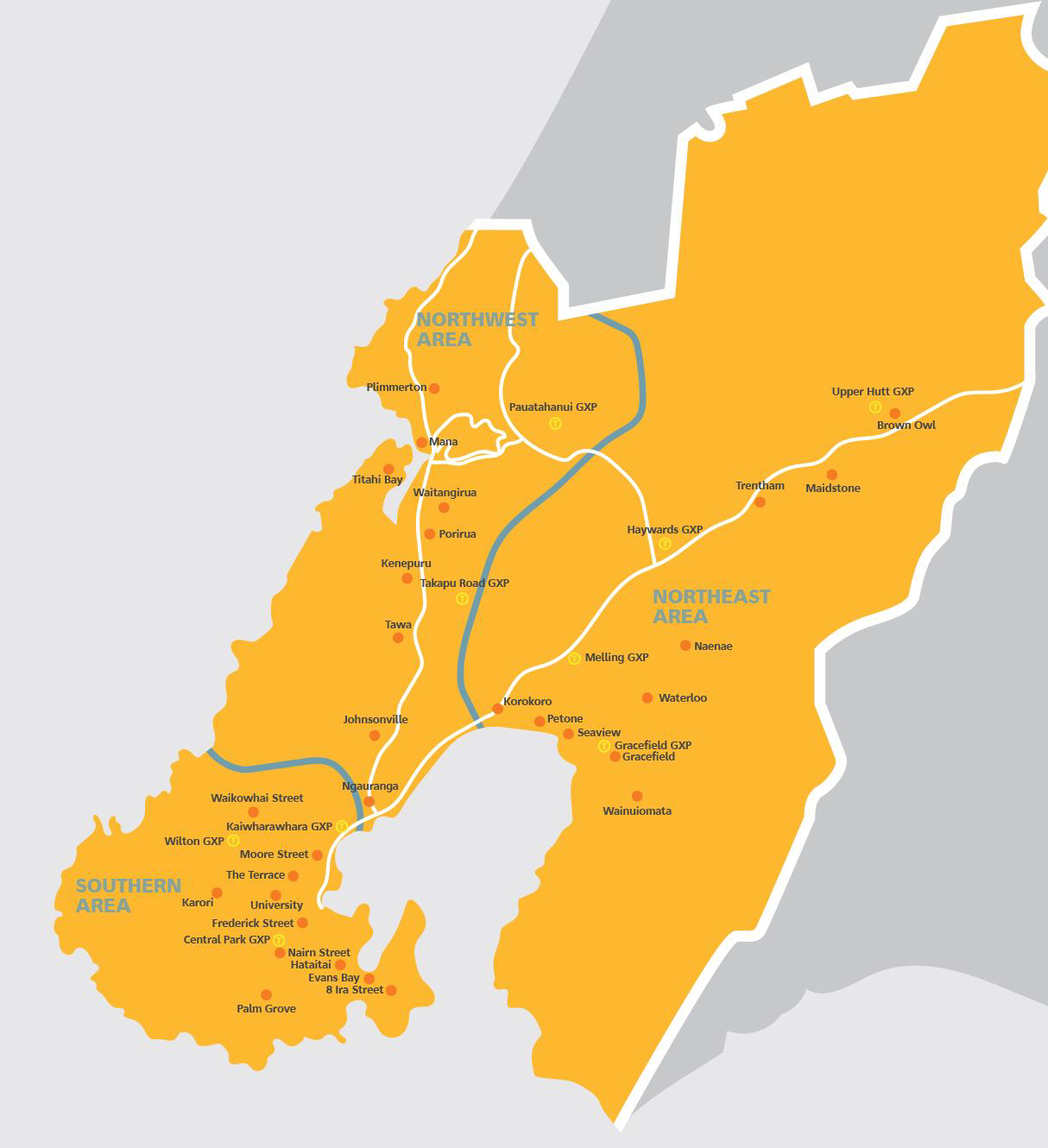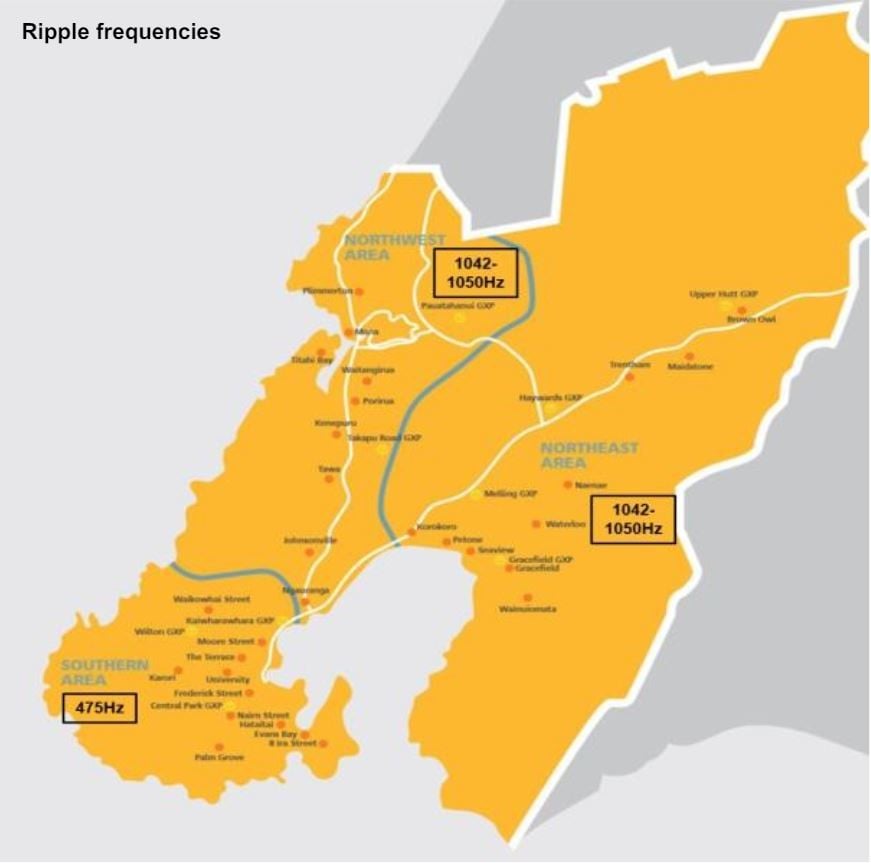Anyone in the Wellington Electricity Region willing to share their half hour meter data for their Ripple Load Controlled consumption?
I am interested in half hour metered N8 and CN10 use.
Why? Because it seems a number of houses (myself included!) in the Southern 475 Hz ripple region failed to have their Enermet load control devices turn off at 07:00 on 4/9/23, 16/9/23, 27/9/23 28/9/23, 3/10/23, 4/10/23, 11/10/23, 28/10/23 and lastly 24/3/2024.
It seems Wellington Electricity do not monitor ripple signal levels at the consumer end, nor confirm switching off is occurring.
If this affects you it means you may well be paying extra for power on those days it fails to switch off when you did not agree to. Most people will not be aware of it so will be paying for power not agreed to be paid for.
There are over 60,000 ICP's potentially affected, hopefully some are reading this! It would help to know the extent of the problem.
Your separately metered load control data will confirm whether the off signal was sent to you on the referenced days (or other days?) by showing whether you were drawing power when you should not have been.
For N8 (OFF 07:00 to 23:00 = 8 hours on) and CN10 (OFF 07:00 to 13:00 and OFF 15:00 to 23:00 = 10 "Boosted" hours) load controlled periods there should be no significant power use between 07:30am and at least 1:00pm.
Ripple control is done by ON and OFF signals injected by 25 ripple signal injectors around the region. Information from people in the 1042-1050Hz regions - the NorthWest and NorthEast regions would be particularly helpful to confirm how much of Wellington has been affected on those days.
This should be sufficient for people to check their use data. The problem likely extends earlier than 4/9/2023 but I've not got that data.
Please message me if you are willing to share data or can contribute to sort this issue.





